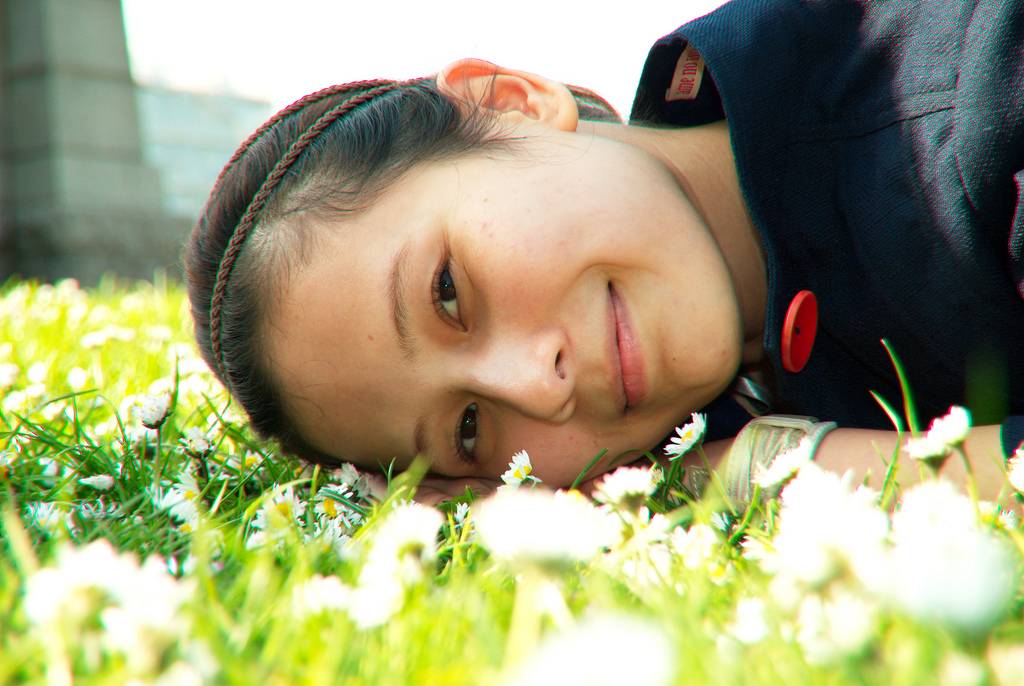All of our emotions, both positive and negative, can have a profound physiological effect on our bodies and our brains. We feel this the most when something makes us feel threatened—or physically stressed, such as when we deprive ourselves of sleep or catch a cold—and our body releases stress hormones, like cortisol and adrenaline.
Anger, fear, and negative emotions increase activity in the part of our nervous system that increases our heart rate. Gratitude, compassion, awe, love, and other positive emotions, on the other hand, decrease our heart rate, among other healthy things. This is why Barbara Fredrickson, a positive psychology pioneer, has famously shown that positive emotions put the brakes on the part of our nervous system that creates the deleterious stress response—what she calls the “undoing effect” of positive emotions.
When we’ve experienced stress, positive emotions return us to our natural state. #flow #powerofpostivity Share on XConsider this study where Fredrickson and her colleagues deliberately stressed out their research subjects.
Applying considerable time pressure, we asked [the research volunteers] to prepare a speech on “Why you are a good friend.” To build the psychological pressure even further, we told them that we’d videotape their speech and have it evaluated by their peers. As you can imagine, this surprise public-speaking assignment made people anxious. Indeed, that was our goal—to make everyone who participated in this study anxious. And we thoroughly succeeded!
Understandably, everyone’s blood pressure went way up. Fredrickson’s team could then measure what might “undo” this stress response most quickly. After being told that they were actually going to watch a film clip instead of give the speech, the volunteers began to relax. Some subjects saw a video that evoked sadness by “showing a young boy crying at the death of someone he loved.”
Others got to watch clips that evoked serenity (by showing ocean waves) or mild amusement (by showing a puppy playing with a flower).
It was the volunteers in the last two groups—those who saw the ocean or the puppy videos—who recovered from the stressful event the most quickly physiologically. Their heart rate, blood pressure, and the constriction within their blood vessels returned to their baseline levels much faster than those who weren’t primed with a mild positive emotion.
The takeaway: When we’ve experienced stress, positive emotions return us to our natural state, unwinding the damage that stress does, and brings us back to ease.
This post is from a series about flourishing from the “Science of Finding Flow,” an online course I created as a companion to my book The Sweet Spot: How to Accomplish More by Doing Less. Want to go on to the next class or start the course from the beginning? It’s free! Just go to The Science of Finding Flow course page. Enjoy!

